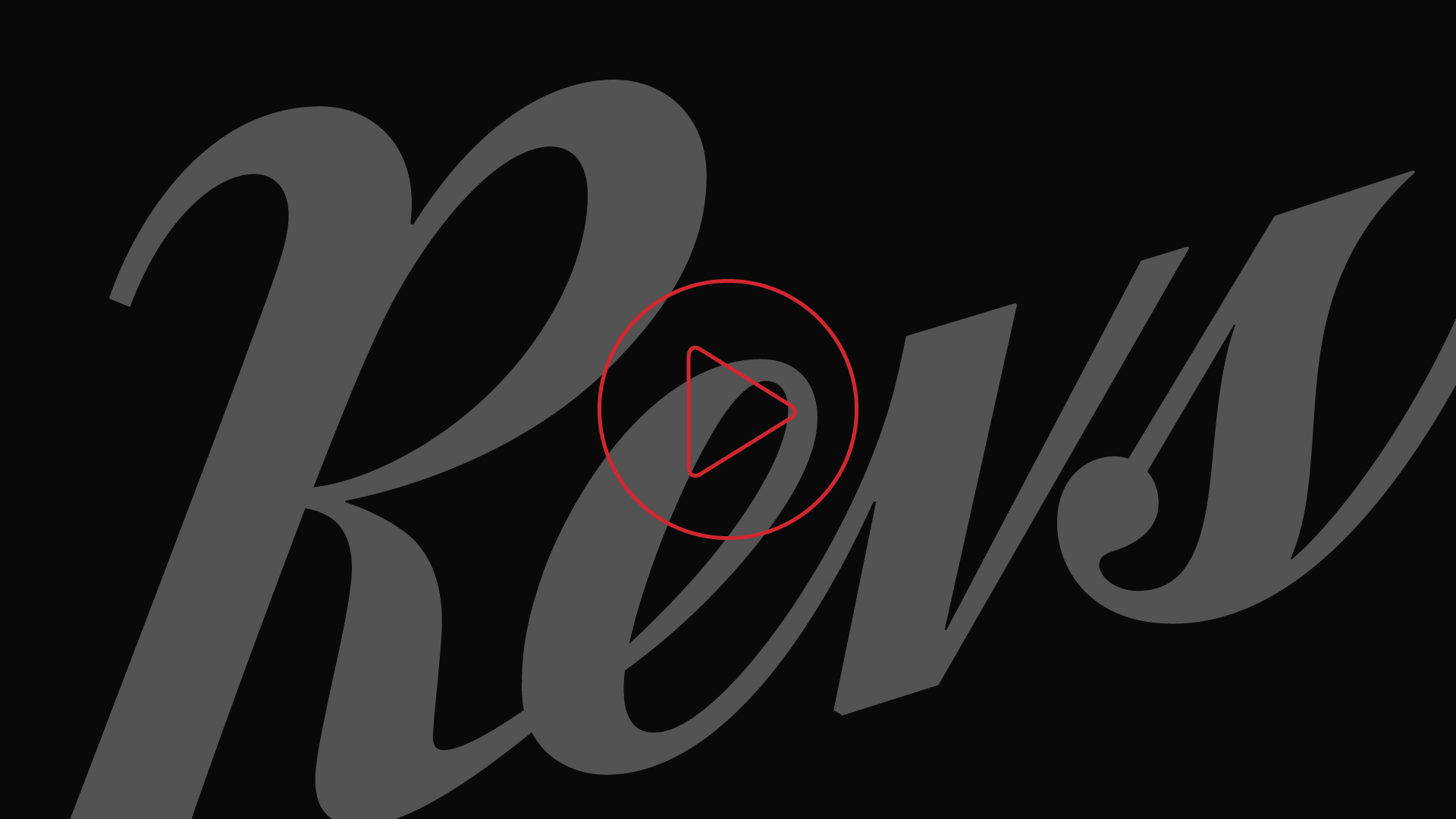Tech Specs
Four-cylinder in-line engine, single overhead camshaft, twin SU carburetors, 1216 cc, 95 bhp at 7200 rpm.
Before/After
1962 Lotus


About the 1962 Lotus Elite Series II S.E.
In the mid-fifties Colin Chapman’s small shop in the north of London employed about a half dozen workers, three moonlighting designers from Ford’s Dagenham styling studio and a bunch of college student volunteers who built the Lotus race cars that had taken motor sport by storm. For his first road car, Chapman lifted front suspension from his Formula II car, while the engine was developed from his Lotus Eleven’s Coventry Climax.
Precedent was of little moment to Colin Chapman. He shattered it in the Elite by devising a chassis/body construction of stressed fiberglass which provided the light weight that was the Chapman gospel. Body shaping was courtesy of Peter Kirwan-Taylor, an accountant who liked to draw cars, with tweaking by Lotus aerodynamicist Frank Costin and Ford stylist Ron Hickman. The prototype was the sensation of the Earls Court Auto Show in October 1957. Producing the car in premises little larger than a two-car garage was obviously untenable. Through Kirwan-Taylor’s contacts, a million dollars was secured for a two-story factory in Cheshunt. Lotus Engineering Company became Lotus Cars Ltd.
The world’s most advanced GT car received rapturous reviews. Its monocoque construction meant engine / driveline noise inside was stereophonic. The stressed roof meant an open version was impossible. These were minor inconveniences, however, to enthusiasts who relished motoring in a coupe that was a metaphor for “driver’s car” and would win its class at Le Mans six years running.
Unfortunately, money was lost on each Elite built. Worse, Porsche now introduced its Super 90, which was equal fun, cost a thousand dollars less and could be fixed easily. Chapman couldn’t build the Elite any cheaper and an aftermarket maintenance network was nil. Production ceased in 1963 after few more than a thousand units. Colin Chapman wanted to stay in business. The Elite was too advanced for his company’s own good. Ten times as many of its successor, the conventionally structured Elan designed by Hickman, would be sold.
Photos – Peter Harholdt









